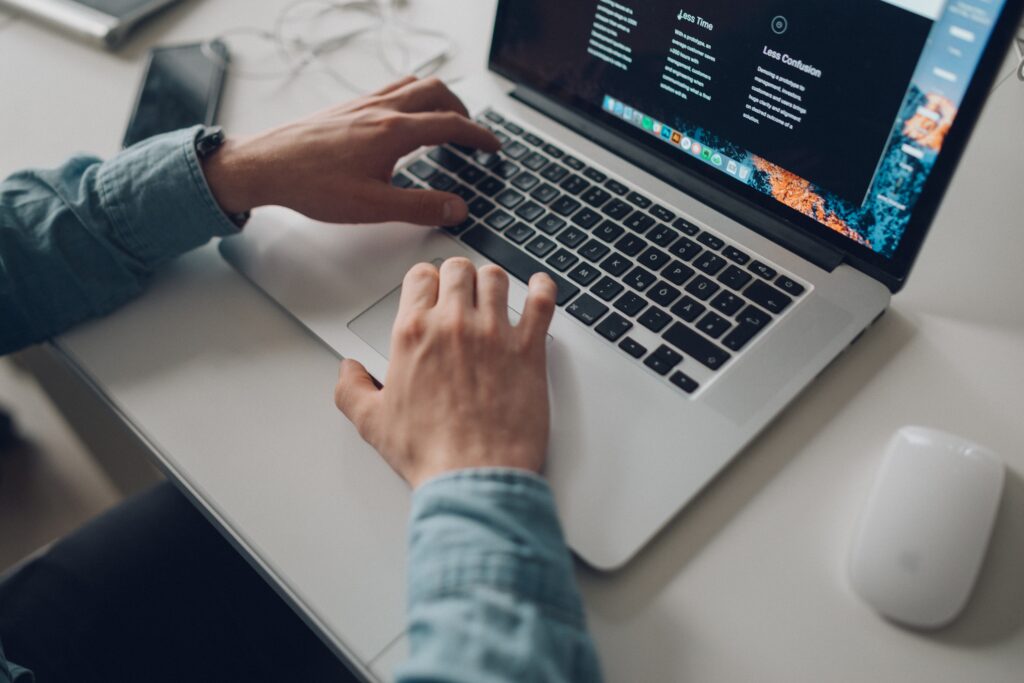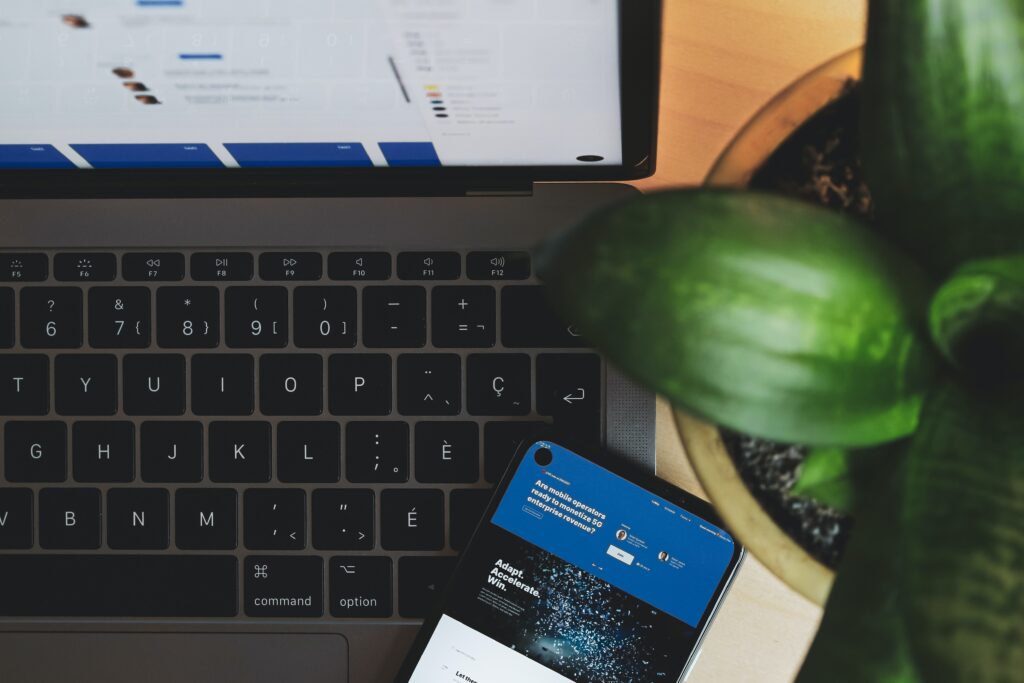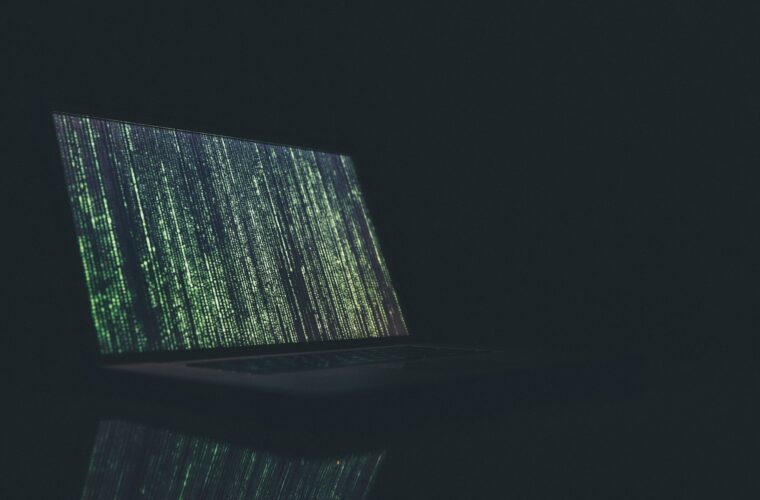
Some tips can make your laptop or computer run faster.
Inevitably at some point, you will find that the speed of your computer or laptop has slowed down.
New software is becoming increasingly demanding and is very likely to affect the performance of your laptop. A software upgrade is also likely to affect speed.
You can get rid of old files and find the apps you don’t often use so you can uninstall them.
How can I upgrade my computer?
After a certain period of use, all computers begin to show signs of slowing down, both in simple and more complex tasks. Running multiple simultaneous tasks or being infected by some malicious software can, for example, significantly slow down the computer while consuming valuable resources.
You can try some inexpensive and simple improvements to make your laptop or computer faster.
#1 – Uninstall Unnecessary Software
There are pre-installed applications on your laptop that you never use and consume system resources.
You can recognize them when a pop-up asks you to update a program you’ve never used.
Remove them from your computer and free up disk space.
#2 – Disable Applications from Running on Startup
You can also specify which applications run when your computer starts up.
Windows 10 has an updated Task Manager that makes it easier to determine what you want running in the background and what you can enable yourself.
To access the “Task Manager”, press Ctrl-Shift-Esc.
A box listing all the applications you have installed on your computer will appear.
It also gives you a detailed account of how much RAM each program uses when your computer starts up.
#3 – Install RAM
If you’re having difficulty loading pages, live streaming, or switching among applications, one computer upgrade to consider is increasing or replacing your computer memory (RAM).
Regarding memory usage, Windows 10 uses less RAM than previous versions, but increasing RAM is a proven and effective way to speed up your computer.
If you have a laptop, then you may have to make do with the one you have. It’s much easier to add more RAM to desktop computers, and it’s also cheaper.
#4 – Check for spyware and viruses
Spyware and virus attacks are constantly increasing and are the number one computer threat.
It is almost impossible that you have not been infected with a virus while browsing the Internet.
The new Windows Defender has made it easy to find malware that may be causing significant problems on your computer.
Easy-to-install programs can be just as effective at removing any spyware or viruses they may have detected.
#5 – Get an SSD hard drive
When you want better performance, an SSD drive can reduce the strain on the processor when starting up your computer.
If you run multiple applications simultaneously or use photo and video editing software, an SSD drive can make those programs run more smoothly and load faster.
While typically installed in desktop computers, SSDs can also be used in some laptop models. When you can’t use an internal SSD, you can always buy an external drive that connects to your computer with USB 3.0.
This drive can give you the extra boost you need at startup to complete tasks or better run applications that require more cache to run correctly.




